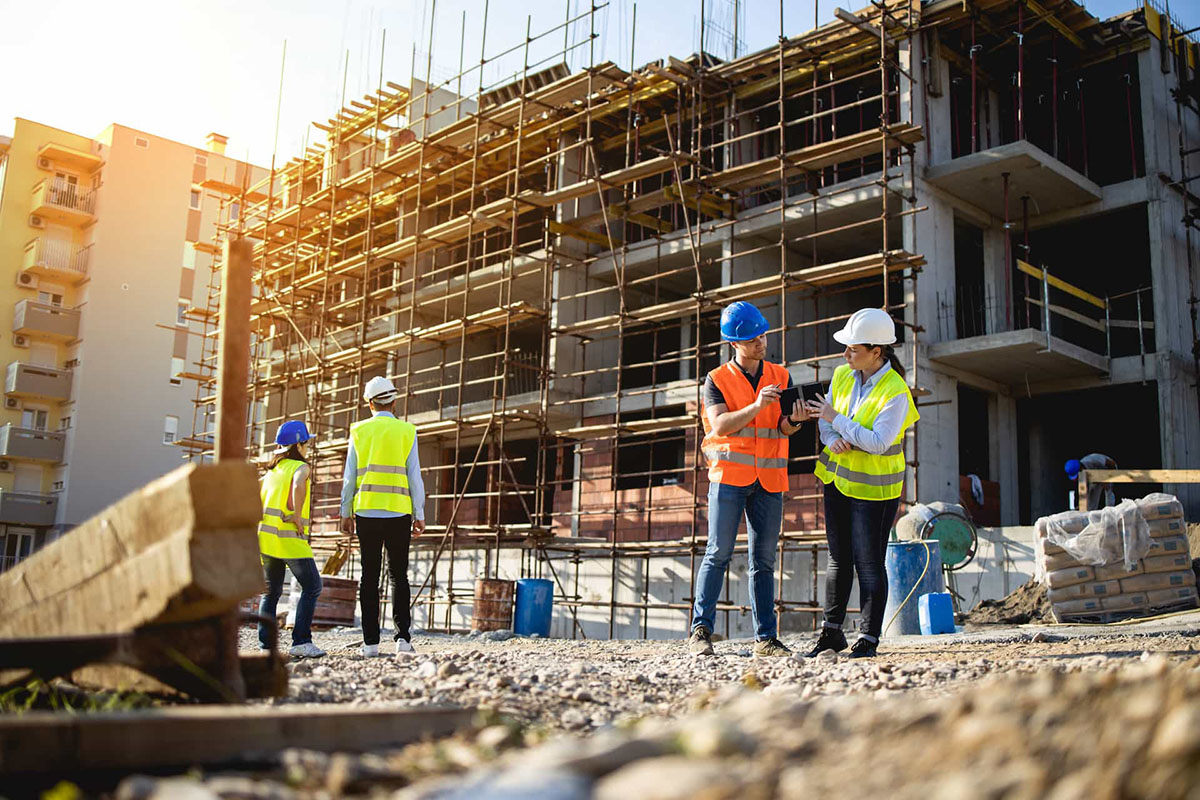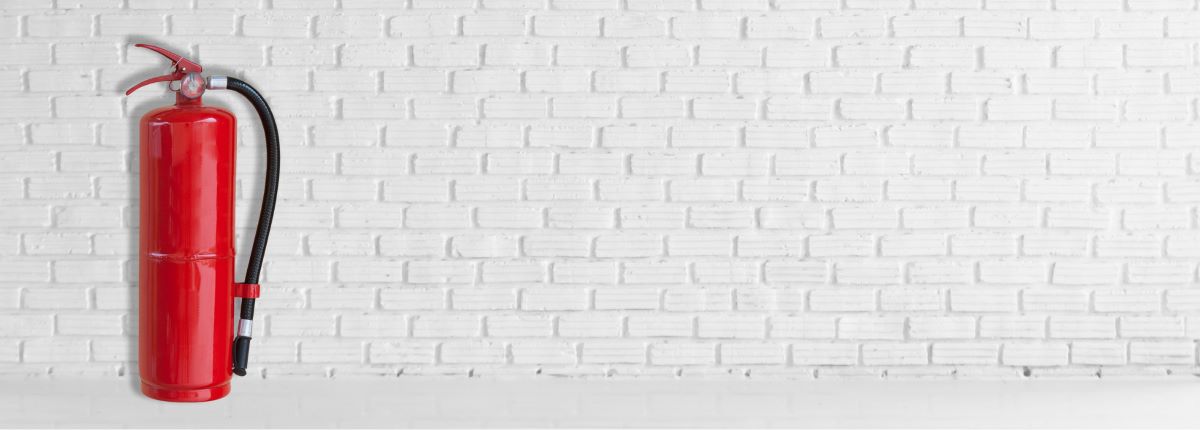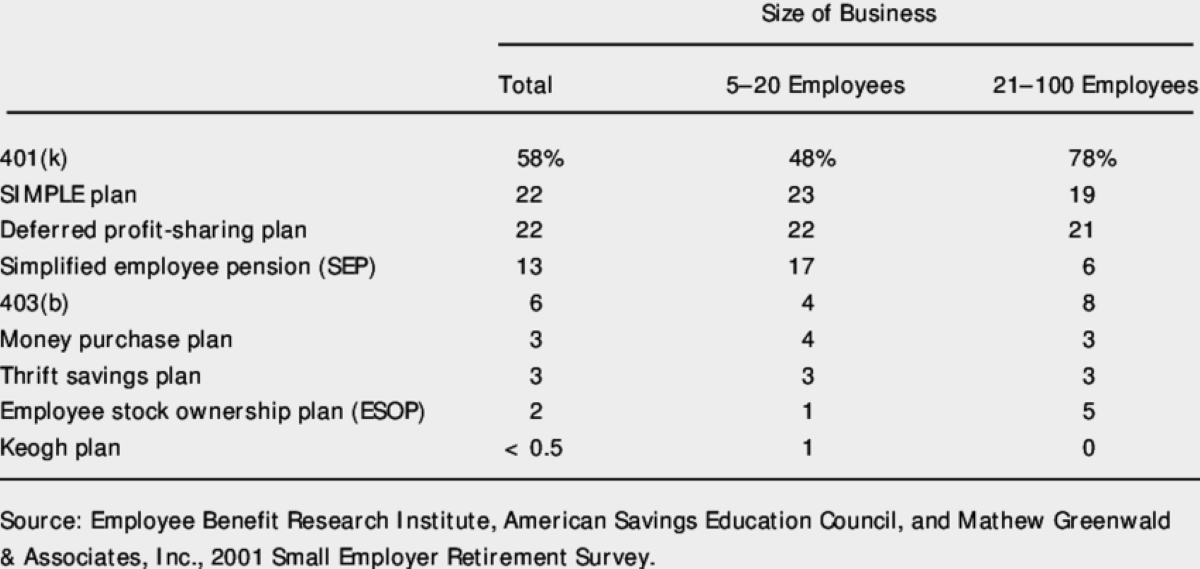Home>Finance>Construction Occupancy Protection Exposure (COPE) Definition


Finance
Construction Occupancy Protection Exposure (COPE) Definition
Published: November 1, 2023
Learn the definition of Construction Occupancy Protection Exposure (COPE) in finance and how it can impact your financial stability.
(Many of the links in this article redirect to a specific reviewed product. Your purchase of these products through affiliate links helps to generate commission for LiveWell, at no extra cost. Learn more)
Finance: Understanding Construction Occupancy Protection Exposure (COPE) Definition
When it comes to financial planning, it’s important to consider all the risks involved, especially if you’re in the construction industry. One of the key factors to consider is Construction Occupancy Protection Exposure (COPE). But what exactly is COPE and how does it affect your financial strategy? In this blog post, we will delve into the definition of COPE, its importance, and how you can mitigate its impact on your finances.
Key Takeaways:
- Construction Occupancy Protection Exposure (COPE) is a vital consideration for financial planning in the construction industry.
- COPE encompasses various elements such as construction type, occupancy classification, protection features, and external exposures.
What is COPE?
Construction Occupancy Protection Exposure (COPE) is a term used in the insurance industry and refers to the specific factors or characteristics of a building that impact its level of risk. Insurance providers use COPE information to assess the potential for loss and determine appropriate coverage levels and rates.
Understanding the COPE Elements:
When evaluating COPE, several key elements are taken into account:
- Construction Type: This refers to the materials used in the construction of the building, such as wood, brick, or concrete. Different construction types have varying levels of fire resistance and structural integrity.
- Occupancy Classification: This categorizes the intended use of the building. Factors such as residential, commercial, industrial, or institutional occupancy affect the potential risks associated with the location.
- Protection Features: These are the safety measures in place to prevent or minimize potential losses. They include features like fire suppression systems, security systems, and emergency exits.
- External Exposures: This element considers factors external to the building that could increase the risk of loss, such as neighboring structures, proximity to fire departments, or natural disaster-prone areas.
Importance of COPE in Financial Planning:
Considering COPE in your financial planning can be crucial for several reasons:
- Accurate insurance coverage: By understanding your building’s COPE characteristics, you can ensure you have the appropriate insurance coverage. This helps protect your financial assets in the event of a loss or damage.
- Effective risk management: Evaluating COPE allows you to identify potential risks and take proactive measures to reduce them. This can include implementing safety protocols, improving protection features, or considering alternative locations for your business.
- Better financial forecasting: By factoring in COPE, you can estimate potential insurance costs more accurately. This helps you create a realistic financial forecast and allocate resources appropriately.
Final Thoughts:
Construction Occupancy Protection Exposure (COPE) is an essential consideration for anyone in the construction industry. By understanding the various elements that comprise COPE, you can make informed decisions about insurance coverage, risk management, and financial planning. So, take the time to assess your building’s COPE characteristics and ensure your financial strategy aligns with the potential risks involved.














